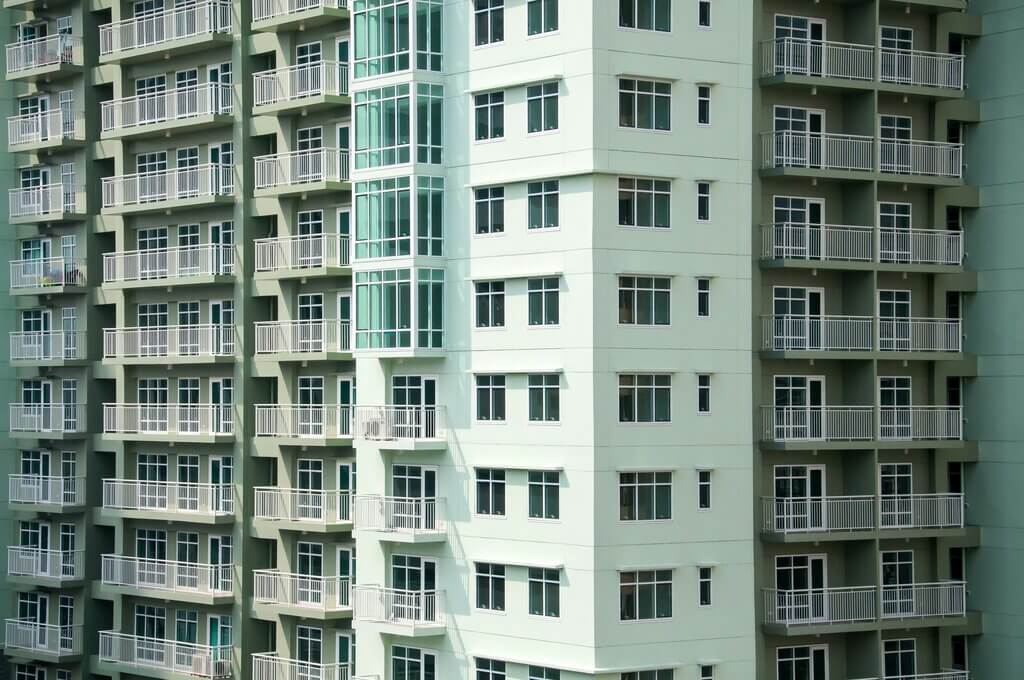Expecting immediate impact on the real estate sector
The POGO ban is expected to have the greatest impact on the property sector, especially in areas with high POGO exposure. This includes both residential and commercial real estate markets. Juan Paolo Colet, the managing director of investment bank China Bank Capital, pointed out that while the overall stock market might not be significantly affected, the property sector could see a selloff in some listed property companies. The increase in available office spaces and residential units from former POGO tenants could lead to an oversupply, causing real estate rents and prices to decrease in specific locations.
Market dynamics and vacancy rates
The vacancy rate for both office spaces and residential units has been high due to the pandemic. With the recent ban on POGO (Philippine Offshore Gaming Operators), this rate is expected to rise even further. In the fourth quarter of 2021, the vacancy rate was 17.9%, and it currently stands at 17%. Experts predict that the ban could push this rate to 19%, worsening the existing oversupply in the market. Joey Bondoc, director for research at Colliers Philippines, emphasized that the ban would further slow down the occupancy of residential units and could result in slower growth in prices and lease rates.
The economic impact of the POGO ban includes job losses and reduced demand for businesses catering to POGOs, such as landlords and restaurants. However, the government justifies the ban by citing the societal costs associated with POGO operations, including increased crime and corruption. Finance professional Simoun Ung expressed mixed views, acknowledging the complexity of the issue and the potential negative impact on foreign investment if licenses extend beyond the ban date.
How the POGO ban offers opportunities for local investors
In spite of the challenges, the departure of POGOs creates new opportunities for local investors. The decrease in residential market prices allows local buyers to buy units at lower prices. Bondoc pointed out that the price growth rate in Metro Manila has slowed to around 2 to 3%, compared to the double-digit growth during the peak of POGO operations. This adjustment has made the market more accessible to local investors, especially overseas Filipino workers, who are expected to occupy the new residential units entering the market.
Future market adjustments
The real estate market is expected to stabilize despite the POGO ban. In 2023, developers delivered 11,300 residential units in the National Capital Region (NCR), which is close to the 11,700 units delivered in 2018 during the POGO demand surge. This shows that the market has the potential to recover, although at a slower growth rate. Local investors are expected to play a crucial role in this recovery by helping absorb the additional supply of residential units and stabilizing the market.







